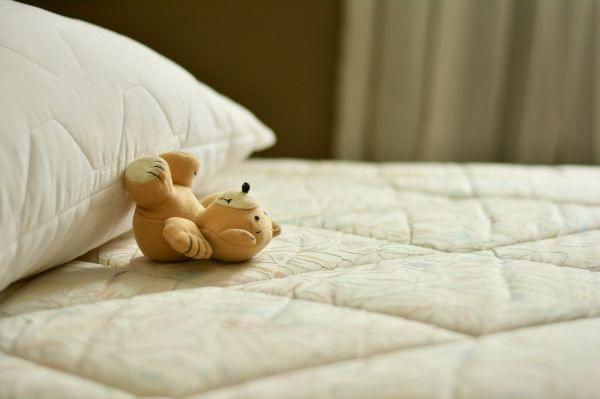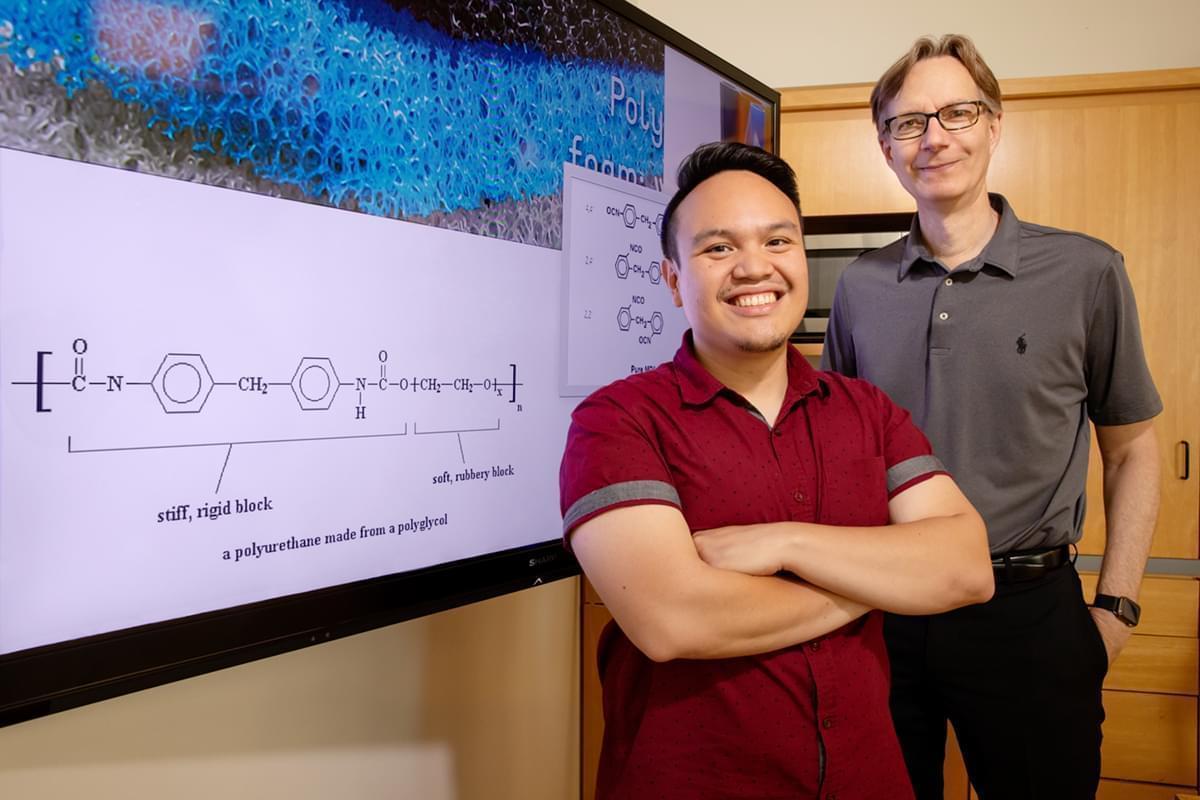Illinois Chemists Work To Make Environmentally Friendly Materials For Mattresses, Paints & More

Pixabay/congerdesign (CC0)
A team of Illinois chemists are working on creating a more environmentally friendly form of polyurethane, a hard-to-recycle polymer that’s used in a variety of everyday products.
Polyurethane is found in seat cushions, memory foam, paint and other products. Given its widespread use, more than a million tons of polyurethane waste end up in U.S. landfills each year.
Since recycling polyurethane is energy-intensive, the main alternative to disposal is incineration, which generates toxic byproducts, said Steven Zimmerman, chemistry professor at the University of Illinois at Urbana-Champaign.
For this reason, Zimmerman said his team set out to tweak the molecules that make up polyurethane so that, once they’ve served their initial purpose, they can be converted into other useful materials and given a second life.

U. of I. chemistry professor Steven Zimmerman, graduate student Ephraim Morado and their colleagues are inventing new ways to degrade polyurethane and reuse the waste.
The research is being presented this week by U of I graduate student Ephraim Morado at the national meeting of the American Chemical Society in San Diego.
The chemical tweaking involves inserting an easily degradable chemical unit, known as an acetal, into one of the components that make up polyurethanes.
The modification allows the material to readily degrade in solution into chemical building blocks that can be used to create other useful materials.
“So we’re breaking it down to materials that are actually different than we started with, and we’re using those to make different polyurethanes,” Zimmerman said, distinguishing the process from traditional recycling.
In the new study, the researchers demonstrate they can transform a polyurethane used in rubberbands, packaging and car parts into an adhesive glue Zimmerman describes as similar to super glue.
“But it actually works better than super glue,” he said.
The biggest hurdle to widespread use is the cost: The new material is more expensive to make than regular polyurethane, which makes it unlikely industry groups will consider switch to making it.
Zimmerman said his research team will be exploring ways to make it cheaper to produce.
Follow Christine on Twitter: @CTHerman
Links
- State’s High Court Referees Environmental Regulators’ Groundwater Battle
- Environmental Groups Call For Controls On Coal Ash Dumping
- 2016 Nobel Prize In Chemistry: Molecular Machines
- Nobel Goes To Scientists Who Took Chemistry Into Cyberspace
- Earth materials in buildings—don’t take’m for granite [from the archive]
